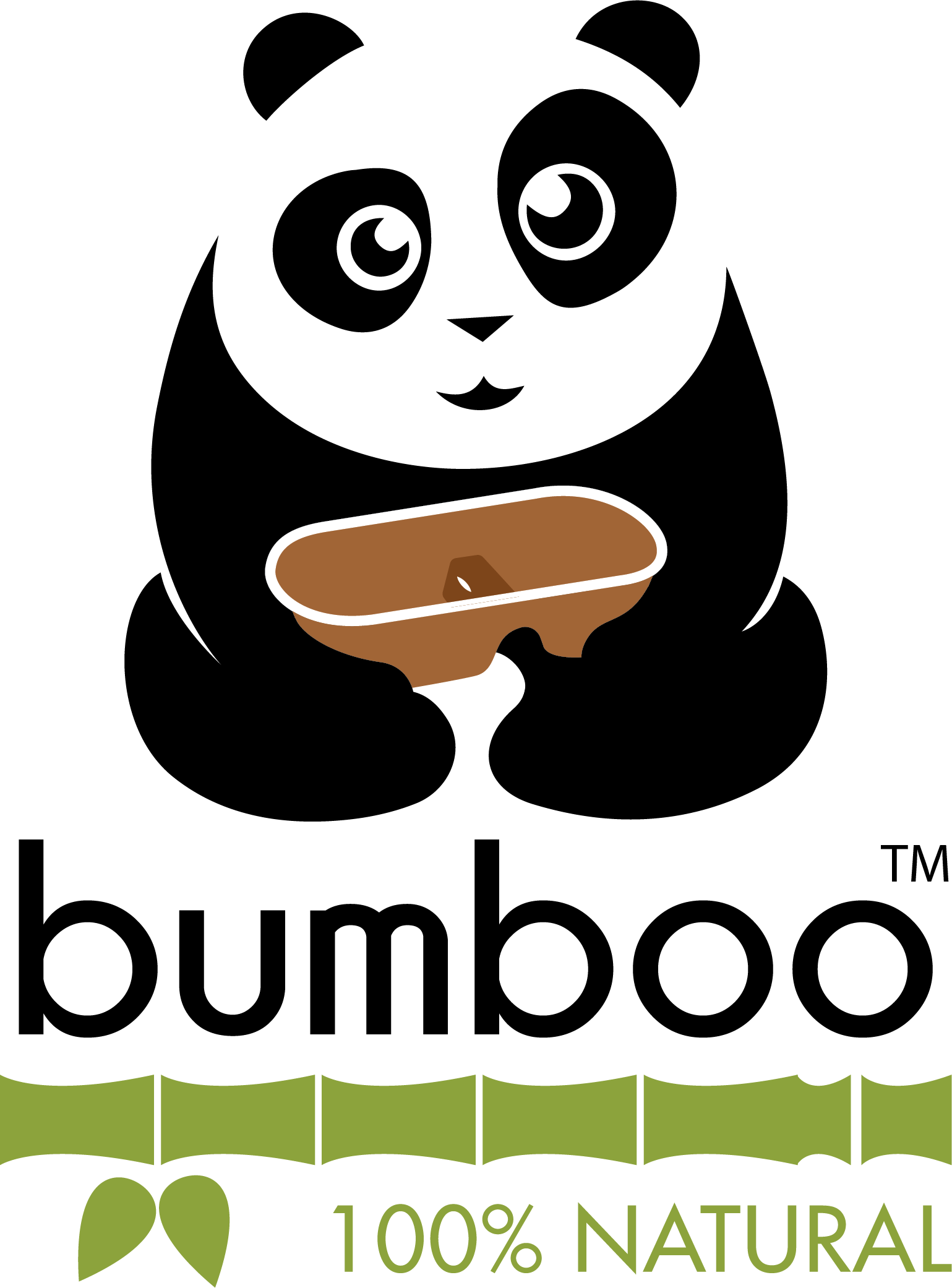For decades, packaging has been the silent seductress in the retail world, luring us with glossy promises and vibrant temptations. But in the 21st century, a green revolution is rewriting the narrative. Sustainable packaging, once a niche trend, is exploding across the market, driven by environmental consciousness and a shift in consumer priorities. But can something good for the planet also be good for brands? Absolutely!
The answer lies in a captivating paradox: the aesthetics of sustainability. Eco-friendly packaging isn't just about saving trees and reducing plastic waste; it's about crafting a whole new aesthetic that resonates with an increasingly conscious consumer.
From Glitzy to Grounded: Gone are the days of excessive plastic and unsustainable glitz. Today's sustainable packaging embraces a *natural minimalism, often showcasing the materials themselves. Exposed cardboard textures with earthy tones, unbleached paper with a touch of raw beauty, and bamboo fibers whispering tales of renewable forests are becoming the new canvas for brand storytelling. A 2022 Nielsen IQ study found that a whopping 73% of global consumers are willing to pay more for sustainably-packaged products, highlighting the clear connection between eco-conscious aesthetics and purchase decisions.
Branding with a Conscience: This shift isn't just about visuals; it's about values. Sustainable packaging allows brands to communicate their commitment to the environment, aligning with the growing need in transparency and purpose-driven businesses. According to a Cone/Porter Novelli study, a staggering 78% of consumers believe companies should do more to protect the environment, highlighting the brand-building potential of eco-friendly practices.
The Power of Storytelling: But simply slapping a "green" label on a box isn't enough. Sustainability needs to be woven into the brand narrative, told through every aspect of the packaging. Companies like Patagonia and TerraCycle are masters of this, using recycled materials to create functional, eye-catching designs that tell a story of environmental responsibility. This authenticity resonates deeply with consumers, fostering brand loyalty and creating a community around shared values.
Challenges and Opportunities: Of course, the move to sustainable packaging isn't without its challenges. Sourcing eco-friendly materials can be expensive, and ensuring functionality and shelf life requires innovative design solutions. However, the long-term benefits outweigh the initial hurdles. A McKinsey & Company study found that companies with strong sustainability practices outperform their peers by up to 30%, proving that green can be good for the bottom line too.
The Future is Green: The era of unsustainable excess is fading. In its place, a new aesthetic is emerging � one that celebrates nature, embraces authenticity, and tells a story of mindful consumption. By embracing the aesthetics of sustainability, brands can win hearts, build loyalty, and contribute to a greener future. It's a win-win for the planet, consumers, and the bottom line.
Remember, every choice we make, big or small, shapes the world around us. By choosing sustainable packaging, we're not just protecting the planet; we're building a future where beauty and responsibility are one and the same. So, raise your glass (or reusable container!), and let's toast to the green revolution that's transforming the world, one beautifully packaged product at a time.

6 Comment(s)
Inspiring insight! Her blog highlights how companies that practice sustainability stand out. Thank you for the valuable perspective shared. thank you very much!
Get quick, easy access to all of Canada services, products, and business information. https://canada.ca/
Canada, known for its stunning landscapes and pristine natural beauty, has also become a hub for high-quality skincare products. The Canadian skincare market offers a range of products that cater to diverse skin types and concerns, with a growing emphasis on natural and organic ingredients.
Nice blog and absolutely outstanding. You can do something much better but i still say this perfect.Keep trying for the best.
Amazing post it was. Your home is so beautiful. Thanks a lot for sharing the amazing content!
Dr. Ashish Gautam is a Senior Director - Robotic Surgery & Laparoscopic Surgery, Max Super Speciality Hospital, Patparganj provides comprehensive surgical care. Contact us for Robotic Surgery, Gallbladder Surgery, Endocrine Surgery and Endovenous Laser Surgery.
https://g.page/r/CfUVm8P0MpaqEBM
Leave a Comment